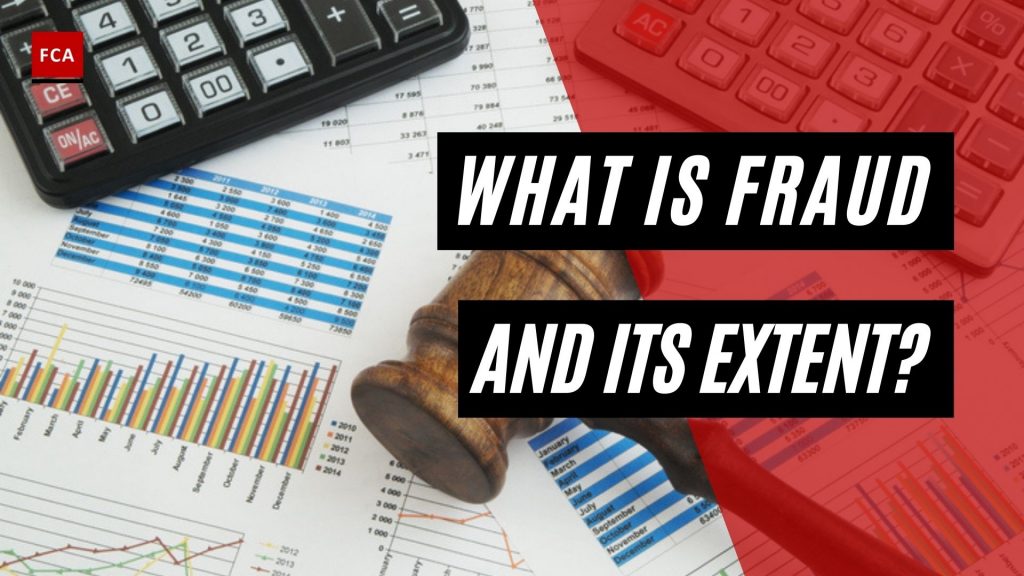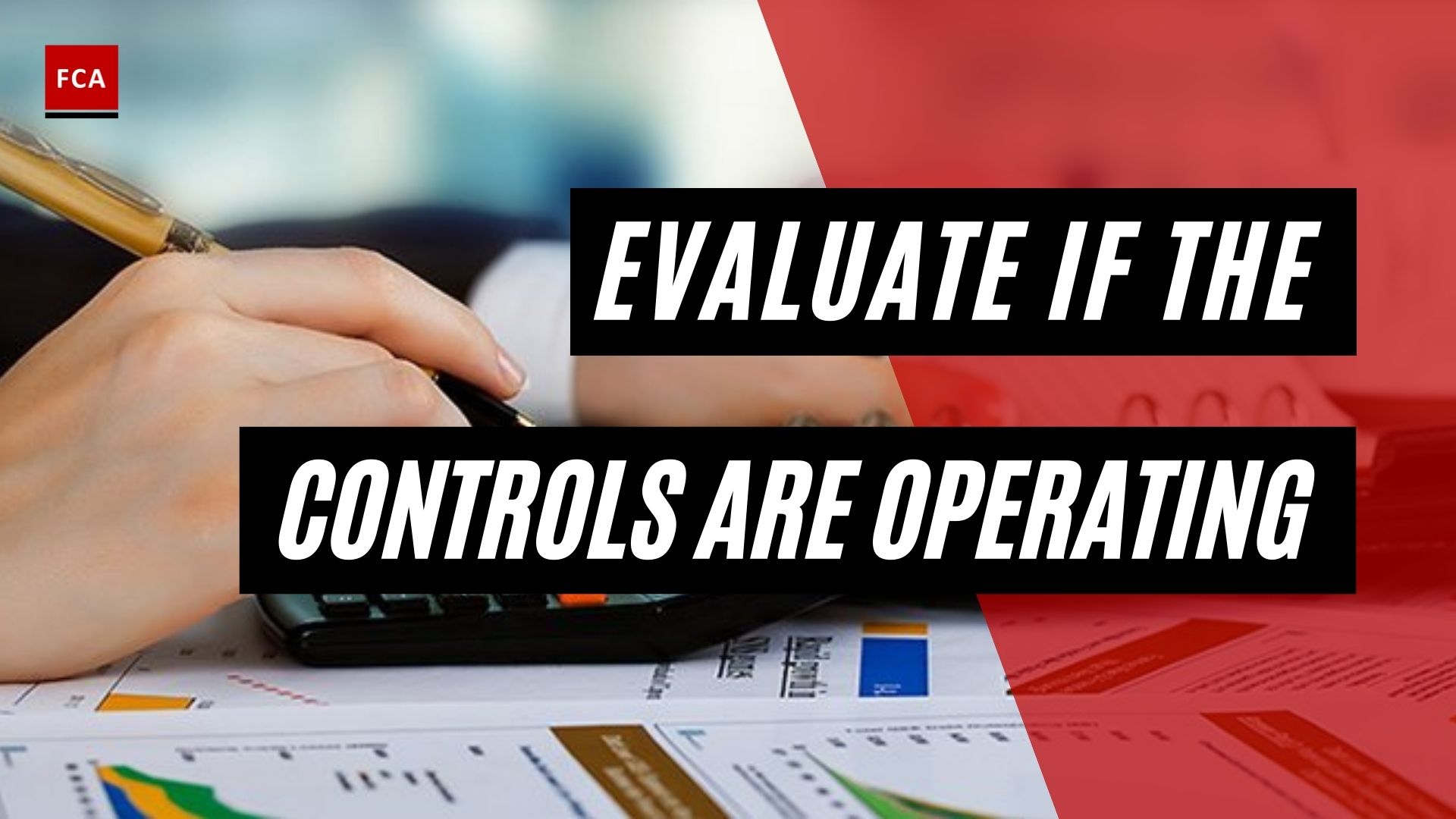What is fraud and its extent? The term “fraud” usually includes activities such as theft, corruption, embezzlement, money laundering, bribery, insider trading, and extortion. All fraud activities are illegal, and person or persons involved in these activities are categorized as criminals. In other words, using deception to dishonestly make a personal gain for oneself and/or create a loss for another is fraud.

What Is Fraud And Its Extent?
Experts say that “Fraud is not a possibility; it is a reality” as companies and businesses are always dealing with several suspicious incidents on a more or less permanent basis.
Fraud is usually an intentional act or series of acts perpetrated by human beings using trickery and cunning using two types of misrepresentations: a suggestion of falsehood or suppression of truth.
It is primarily the responsibility of management to establish systems and controls, to prevent or detect fraud, errors, and weaknesses of internal controls. The internal audit department may then monitor these systems and controls. Management may also require an internal audit to specifically review the entity’s exposure to error or fraud or undertake a special investigation to look into suspected error or fraud.
Although fraud is prevalent across organizations of all sizes and in all sectors and locations, research shows that certain businesses are exposed to greater levels of fraud risks than others, such as banks, money service businesses, money transfer businesses, manufacturing businesses, etc. The control environment should be adjusted to fit with the degree of fraud risk exposure.
Examples Of Fraud Activities
The most common examples of fraud activities, which are carried out by the employees or people in the organizations are:
Counterfeiting:
Counterfeiting is one of the examples of fraud incidents or fraud types that may result in significant and extreme financial consequences for the organization. The use of emerging and new technology by the fraudsters enables them to counterfeit and produce realistic-looking materials and packaging to fool legitimate traders, including wholesalers and retailers.
Counterfeiting is considered a lucrative business activity for the fraudster, which provides tremendous avenues and possibilities of making large commercial profits through the utilization of technology. It is a problem affecting many industries, including pharmaceuticals, electrical goods, and fashion. However, there are often many victims affected by such fraud, not just the business that has been duped or had their brand exploited.
Theft Of Plant:
Employees or staff of the company may be involved in the theft of the plant and assets. Employees usually take advantage of access to the plants and assets and steal those assets to gain financial benefits or money. The theft of the plant and assets owned by the company are considered fraud.
Inventory or cash:
Employees or staff of the company may be involved in the theft of the inventory items or the cash. Employees usually take advantage of access to the inventories and cash and steal them to gain financial benefits in the form of the ready availability of cash.
The theft of the inventories and cash is considered fraud activity. Inventories theft cases occur in companies or organizations which are involved in manufacturing goods, and theft of cash usually occurs in banks or institutions where access to cash holding is common for the authorized staff.
False invoicing:
The company’s employees use false invoicing methods to make wrong or excess payments to outsiders or vendors. Such vendors may be involved with the company’s employees to commit fraud. Through false invoicing, the wrong payments are released to the vendors, who in turn provide financial benefits to the concerned employees of the company that made false invoicing.
There are also situations where false payments are made to the vendors or suppliers whom the employees of the company themselves own.
Such as, Mr. A of company ABC may be involved in false invoicing, where he made various false payments to the supplier of stationery items, which is owned by Mr. A himself.
Money laundering:
Criminals transfer their illegal funds from one place to another through the use of a country’s financial system, such as banking channels. Transfer of illegal money may be to support other criminals in various other jurisdictions or countries.
Money laundering activities are considered fraudulent and illegal activities. Different types of organizations are exposed to money laundering risks such as banks, payment service providers, money transfer organizations, real estate, stock market, etc.
Payroll fraud:
Payroll fraud is related to the concept of “ghost employees.” Companies or employees commit these types of fraud to transfer the company’s funds in the name of employees who are not the real employees of the company or those who are not hired. Payroll fraud involves running monthly payroll and making salary payments to the employees who are not on the company’s payroll.
This type of fraud is common in very large organizations, which employees thousands of employees in various cities of the country. Payroll fraud is planned and performed by the human resource department of the organization or company.
In mid-sized organizations or companies, this type of fraud may be performed by the finance personnel authorized to manage and run the monthly payroll or salaries disbursements.
Who Commits Fraud?
In an organization, fraud is committed by those employees who are either in authoritative positions or the ones who have a chance to override the internal control system. Committing fraud may be intentional or unintentional.
Usually, fraud cases are intentional because committing fraud requires some kind of planning and understanding of the organization’s processes.
Unintentional fraud may also be committed where employees violate the internal control system by mistake, causing financial or reputational losses to the organization. For example, an employee working on the plant site may be unaware of the disposal process of waste material, where the scrap or waste material must be authorized before disposal. If the employee disposes of the waste or scrap without knowing about the requirement of authorization, then the has employee committed unintentional fraud.
Fraud Costs
Fraud carries associated cost which extends beyond monetary value. The cost of fraud includes reputational, operational, and regulatory costs. Companies and businesses face hard and soft costs associated with fraud.
The hard costs are considered a measurable cost that may include a consumers’ loss of goods and/or services and/or merchants’ loss of sales.
The soft costs are not easily measurable and may include reputational impacts for the consumer, operational and regulatory impacts for the company, and vendors such as merchants.
Measuring fraud and error costs
To run the business affairs, the organizations and companies perform cost analysis and prepare cost budgets, which are made part of the overall company budget.
Types Of Costs
Companies know their cost structures which include various types of costs, such as:
- staffing costs,
- accommodation costs,
- utility costs,
- procurement costs
- salaries costs
- security and administration etc.
Managing these costs requires detailed analysis at the time of estimating future costs to improve the efficiency of business and operations.
The process of estimating the business and operations costs include the assessment of expected fraud incidents and related costs. Fraud and error costs estimations may show significant amounts, which, if not appropriately addressed, may lead to financial losses to the company and a significant increase in the chances of reputational and regulatory losses.
No estimation of fraud cost by the companies may be due to the denial of the fact that fraud may occur in the future as no such instances were identified and reported in the past. This unrealistic prediction by any company may lead to not accounting for the cost of fraud in business operations cost estimations leading to significant financial losses.
A cost can only be reduced by the business if it is accurately or reasonably measured; therefore, estimating the fraud cost is necessary for any business or company to ensure that appropriate measures are taken to reduce the impacts of fraud occurs.
When a company knows the extent of the possible fraud losses, then it comes into a better position to manage those possible fraud costs to ensure that the financial health and stability of the company or business are maintained.
Final Thoughts
Fraud is the intentional withholding of important information or the provision of false statements to another party for the purpose of obtaining something that would not have been provided without the deception.
The perpetrator of fraud is frequently aware of information that the intended victim is not, allowing the perpetrator to deceive the victim. At its core, a fraudster exploits information asymmetry; specifically, the resource cost of reviewing and verifying that information can be significant enough to create a disincentive to fully invest in fraud prevention.








